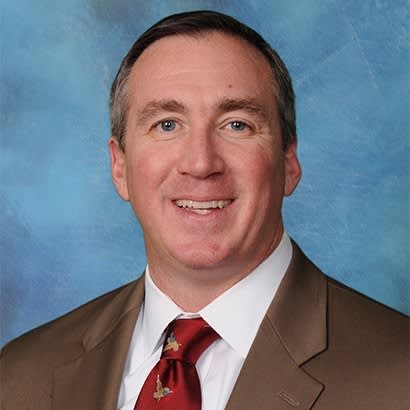
For an enhanced digital experience, read this story in the ezine.
Many years ago, I was flying home through Midway Airport in Chicago. While waiting for my luggage, I picked up a tourism brochure about Chicago and flipped through the pages. What I remember was picture after picture of parks. It seemed that the tourism board knew parks have value and attract tourists and visitors, but I wondered how they knew.
I returned to work and asked my staff, “What are we worth?” — meaning, what is the value of our parks? While the benefits of parks are mostly intuitive for residents and visitors alike, we sought a quantitative way to measure parks’ value. We partnered with the Civic Consulting Alliance, Global Economics Group and Roland Berger Strategy Consultants to objectively assess the impacts. The analysis of data showed that residential properties within two blocks of a park, or 43 percent of all residential properties in Chicago, experience on average 1.5 percent higher property values directly attributable to their proximity to a park. Additionally, the economic significance of events and tourism due to parks was estimated at between $1.2 billion and $1.4 billion each year, or 8 percent of the total tourist spend.
Quantifying the value of our parks with research and data helps amplify our story of the importance of parks. Organizations like parks foundations or other advocacy groups continue to study the data and evaluate parks’ impacts. The Florida State Parks Foundation estimates 29 million people visit Florida state parks and trails annually, accounting for $2.6 billion in direct economic impact on local economies through the state. A Parks and Trails New York study estimated their state park system generates $5 billion in economic activity, creates 45,000 jobs and generates 21 percent of visitor spending from out-of-state visitors. These are staggering numbers supporting the need for, and value of, parks in our communities.
NRPA regularly researches park impacts nationally. A recent study found local and regional public park agencies’ activities and spending in 2017 generated more than $166 billion in economic activity, boosting national gross domestic product by $87 billion and supporting more than 1.1 million jobs. More data and resources are available at nrpa.org/EconomicImpact.
Research and evaluation of our work not only helps us tell our stories, but also bolsters efforts to increase park funding or park access in every community. I hope you are able to successfully make the case that our parks are valuable to residents and visitors alike.
See you in a park!
Michael P. Kelly, Chair, NRPA Board of Directors

